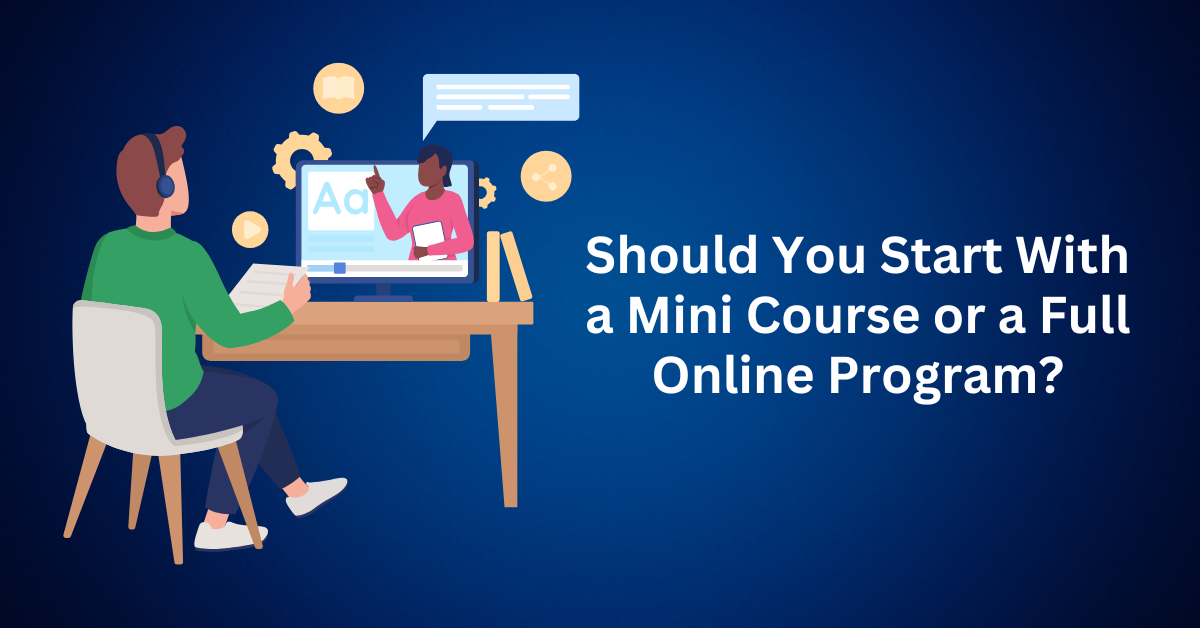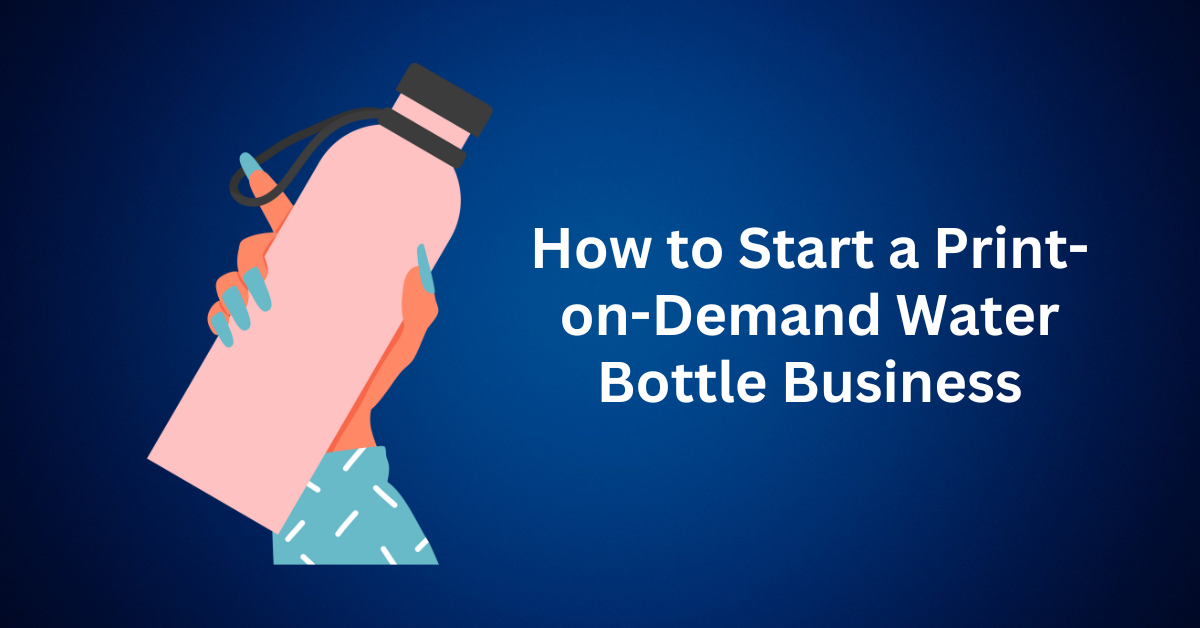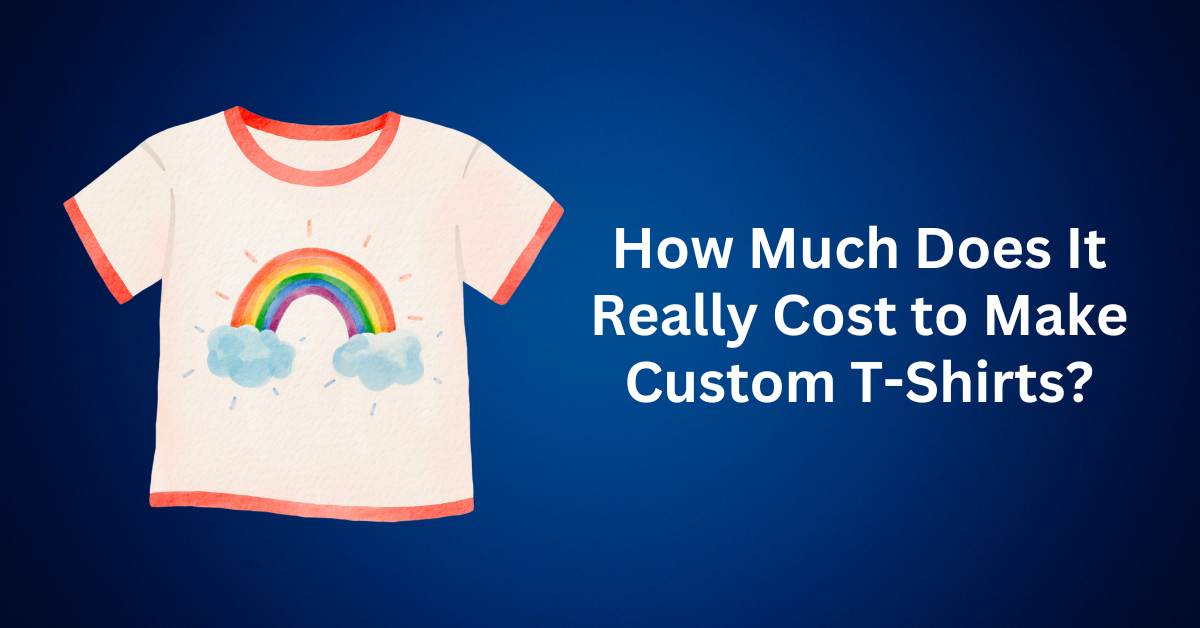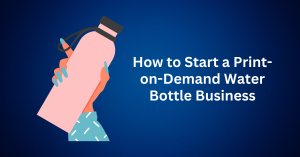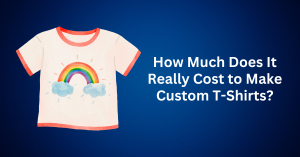If you’re thinking about creating an online course, one of the first decisions you’ll face is whether to launch a mini course or go all in with a comprehensive flagship program. It might seem like a simple choice, but it can shape the trajectory of your business. Build the wrong type of course at the wrong time, and you could either spend months developing something your audience doesn’t buy or end up with a product that doesn’t move the needle for your brand.
The good news? There isn’t a one-size-fits-all answer. The right approach depends on your current stage, audience, and goals. Let’s break down both options so you can decide which strategy will bring you the best results.
Table of Contents
ToggleWhat Exactly Is a Mini Course?
A mini course is a short, highly focused training designed to solve a single problem for your audience. Instead of trying to teach everything you know, you zero in on one pain point and provide a clear, actionable solution.
Most mini courses range between 2–5 hours of content and can be delivered in video lessons, workbooks, or a combination of formats. Examples might include:
- “How to Build Your First Landing Page in 90 Minutes”
- “10 Steps to Writing Email Subject Lines That Get Opened”
- “Beginner’s Guide to Editing Videos on Your Phone”
The goal is to help your students achieve a quick, tangible win.
Why Mini Courses Work
Mini courses are incredibly versatile tools in your business because they can serve multiple roles:
- Lead magnets: Offer them for free to attract subscribers and build your email list.
- Low-ticket products: Sell them at an affordable price to qualify serious buyers.
- Upsell pathways: Use them as stepping stones to introduce your flagship program or coaching.
By delivering real results in a short timeframe, mini courses build trust, showcase your expertise, and warm up your audience for bigger commitments.
What Is a Flagship Course?
A flagship course is your signature program, the complete package that provides a full transformation for your students. Unlike a mini course, it doesn’t just address one problem. Instead, it takes learners on a journey from point A to point Z, covering all the major steps needed to achieve a significant outcome.
These programs are usually high-ticket offers and may include added layers of support, such as:
- Weekly group coaching or live Q&A sessions
- Access to a private community or mastermind
- Detailed frameworks, templates, and advanced strategies
Because of their depth, flagship courses often become the backbone of a creator’s business, generating scalable, long-term revenue.
When to Launch a Flagship Course
A flagship program is ideal if you:
- Already have an audience demand for an in-depth solution
- Have a proven framework or methodology that consistently delivers results
- Want to establish yourself as an industry authority
- Are you ready to build a complete funnel and scale with a high-ticket offer
If your business is at the stage where students are asking for a step-by-step transformation, a flagship course can cement your brand as the go-to solution in your niche.
Why Starting With a Mini Course Is Often the Smarter Move
Jumping straight into a full-scale online course can feel exciting, but it’s also a gamble. Spending months recording lessons, designing workbooks, and polishing your content only to discover your audience isn’t interested is one of the most common mistakes new course creators make.
That’s where a mini course comes in. Instead of risking time and energy on something untested, a mini course lets you validate your idea quickly while still generating real results for your audience.
Key Benefits of Launching a Mini Course First
- Validate Your Idea Without the Overwhelm: A mini course allows you to test whether your topic truly resonates. Instead of committing to a 12-week curriculum, you create a bite-sized solution that helps you gauge interest and demand.
- Understand What Your Audience Wants Most: By focusing on a specific pain point, you’ll learn what problems your audience is willing to pay to solve. This insight becomes invaluable when planning a larger, flagship program.
- Generate Revenue While You Plan Bigger Offers: Even though mini courses are shorter, they can still bring in income, especially if you price them as affordable, low-ticket products. This cash flow can fund the development of your signature course.
- Build a List of Engaged Buyers: Mini course students aren’t just subscribers, they’re paying customers. They’ve experienced your teaching style, achieved results, and are far more likely to invest in your higher-ticket programs later.
- Launch Quickly With a Simple Funnel: Unlike a flagship course that may require months of content development and complex tech setups, a mini course can be launched in just days. With a basic landing page, a short email sequence, and a payment processor, you’re ready to start selling.
Perhaps the most powerful advantage of a mini course is how it sets the stage for your long-term business growth. Students who purchase and complete your mini course already know, like, and trust you. When you introduce a larger program later, they’re primed to say “yes” because you’ve already delivered value.
When It Makes Sense to Skip the Mini Course and Go All In
While mini courses are a smart entry point for many creators, they’re not always the right choice. In some cases, starting with a flagship course, your comprehensive, high-value program can be the fastest path to revenue and authority.
Signs You’re Ready for a Flagship Course
You might be better off creating a full program if:
- Your audience is already asking for it. Maybe you’re a consultant, coach, or service provider, and clients consistently ask you to share your full process. Or perhaps your social media following is actively requesting in-depth training rather than quick tips.
- You have a proven system or methodology. If you’ve refined a repeatable process that consistently delivers results, you already have the foundation for a course that walks students through a complete transformation.
- You want to maximize revenue per student. Flagship programs sell for significantly more than mini courses, which means fewer sales are required to hit your income goals.
The Advantage of Going Big
The most obvious benefit is financial: a flagship course can command premium pricing because it delivers a complete, step-by-step solution. Instead of earning $50 from a mini course, you could earn $500, $1,000, or more from a single enrollment.
Beyond the income, flagship courses also position you as an authority. Students view you as the go-to expert who can guide them from start to finish, not just solve a small piece of the puzzle.
How to Reduce the Risk
The biggest mistake many creators make is spending months building their entire flagship course before testing demand. That’s a recipe for burnout if it doesn’t sell.
A smarter approach? Pre-sell your course.
Here’s how:
- Create a compelling sales page that clearly explains the transformation your program offers.
- Open enrollment before you’ve built the course content.
- If people buy, you have validation. You can then develop the course week by week with real paying students providing feedback.
This approach not only ensures there’s genuine demand but also makes your course stronger because you’re building it with input from the very people who will complete it.
Essential Tools You’ll Need to Launch Your Mini Online Course
Whether you’re starting with a mini course or diving straight into a flagship program, the right tools will make your launch smoother and more successful. The good news is you don’t need a complicated tech stack, just a few reliable platforms that cover the essentials.
1. Mini Course Creation Platform
Your course creation software is where your content lives. It should make it easy to upload videos, organize modules, track student progress, and provide a smooth learning experience across desktop and mobile devices. Some platforms even include built-in communities, quizzes, and certificates to keep learners engaged.
2. Sales Funnel Builder
A sales funnel builder helps you turn curious visitors into paying students. Look for one that offers:
- High-converting landing pages
- Seamless checkout experiences
- Automated email sequences to follow up with leads
This ensures your marketing and sales process feels smooth for both you and your audience.
3. Secure Payment Processor
You’ll need a payment gateway that allows students to purchase your course safely. Popular options like Stripe, PayPal, or integrated payment systems on course platforms can handle one-time payments, subscriptions, or installment plans. Having refund and payment management features is a must for building trust.
4. Email Marketing Platform
Email remains one of the most effective ways to build relationships with your audience. An email marketing platform lets you:
- Nurture leads with valuable content before they buy
- Welcome new students and guide them through the course
- Send updates, reminders, and upsell opportunities
Keep It Simple at the Start
When you’re just getting started, you don’t need an advanced setup or a dozen different tools. In fact, many platforms now combine multiple functions like course hosting, funnels, payments, and email, under one roof. Choosing an all-in-one solution not only saves money but also reduces the tech headaches that come with juggling multiple systems.
As your business grows, you can always upgrade to more specialized tools, but in the beginning, simplicity and reliability are your best friends.
Build Your Sales Funnel Before You Launch
Launching an online course without a funnel is like opening a store in the middle of the desert. You might have the best product, but no one will know it exists. A sales funnel gives you a clear path to attract the right people, build trust, and convert curious visitors into paying students.
Whether you’re releasing a mini course or a full flagship program, your funnel acts as the engine that drives enrollments.
Core Elements of a High-Converting Funnel
- A Compelling Landing Page: Your landing page is where first impressions happen. It should immediately grab attention, highlight the transformation your course delivers, and make the value irresistible. Clear headlines, testimonials, and benefit-driven copy are key.
- A Seamless Checkout Experience: Once a visitor decides to buy, don’t lose them to friction. A streamlined checkout with trust signals, multiple payment options, and even small enhancements like order bumps, limited-time bonuses, or guarantees can boost conversions significantly.
- An Automated Follow-Up Sequence: Not everyone will buy the first time they visit. That’s where email follow-ups come in. By sending helpful tips, case studies, and reminders, you keep your course top of mind and build momentum until they’re ready to enroll.
Don’t Let Tech Overwhelm You
The idea of building a funnel can feel intimidating, but it doesn’t have to be. With today’s drag-and-drop funnel builders, you can design professional landing pages, checkout flows, and email sequences without touching a line of code. The right tool will guide you through the process and make your funnel look polished from day one.
Remember: your course might be amazing, but it’s your funnel that ensures people actually find it, believe in it, and buy it.
Final Thoughts: Mini Course vs Full Online Program: Which Should You Start With
The choice between launching a mini course or a flagship course isn’t permanent. Instead, it’s simply about what makes the most sense for your stage of business right now. In fact, many of the most successful course creators eventually offer both.
- If you’re new to course creation or testing out a fresh idea, a mini course is the smarter starting point. It helps you validate demand, collect feedback from real students, and build momentum before investing in something larger.
- If you already have an audience asking for your full framework and a proven system that delivers results, go straight to a flagship program. You’ll generate higher revenue per student and establish yourself as an authority in your field.
What matters most is not whether you start small or go big. It’s where you start. Don’t get stuck in months of planning or second-guessing. Pick the option that aligns with your current reality, build a simple sales funnel around it, and launch.
You’ll learn more from a single real-world launch, whether it’s a 90-minute mini course or a comprehensive flagship program, than you ever will from endless brainstorming. The sooner you get your course into the hands of students, the sooner you can refine, grow, and scale into the business you want.

